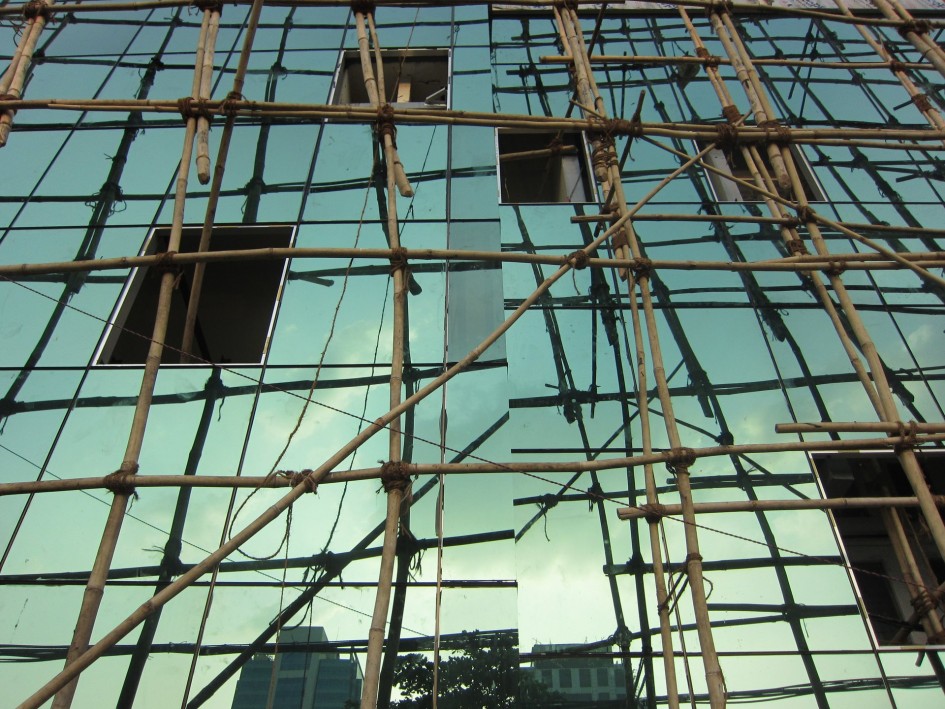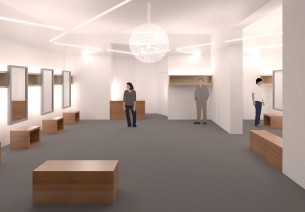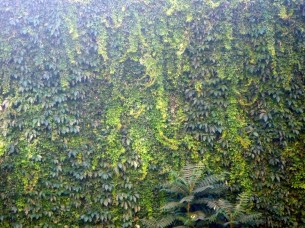Yangon, a unique city.
Yangon, also known as Rangoon, is the last south-east Asian city with rich built historical heritage.
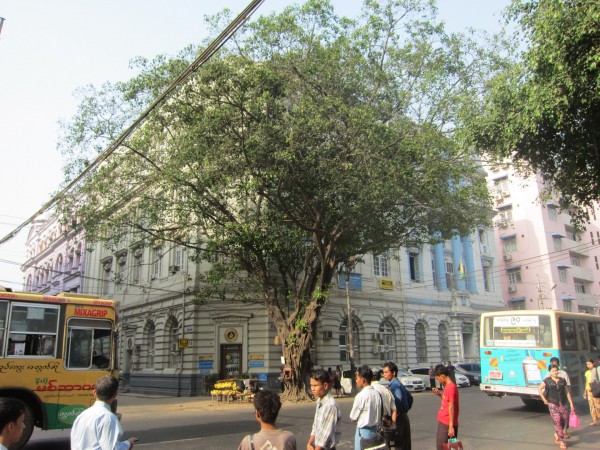
Cultural jungle
After decades of dictatorship, the economy has been opening in the last years. The city remained almost like in the 50’s. Burmese monuments like the Shwedagon Pagoda coexist with colonial buildings in good condition. What has been a plague is now an asset. A chance to display that culture.
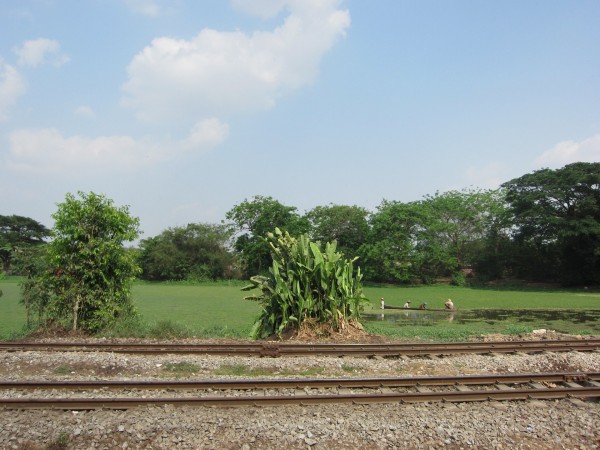
Urban agriculture
Furthermore, urban agriculture is still in practice in the Yangon’s city center. It is an incredibly advanced feature for a metropolis. Most western cities dream of getting such an urban quality back. Also, Yangon has a plethora of lush nature in the city. Huge trees, parks, green riverbanks. A culture of the jungle.
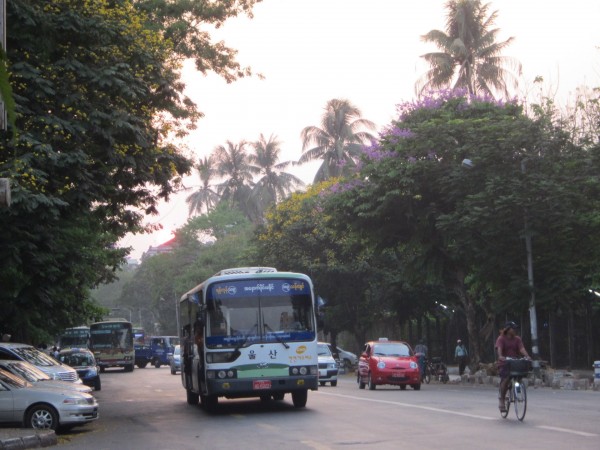
Urban jungle
There are similarities in the stories of Berlin and Yangon.
Berlin, like Yangon, has experienced a slow down in urban development during 50 years. From the 1940’s bombings of World War II until the fall of the wall (1989), the population has sunk. The cold war has been a tragedy for Berliners, but now they are happy to benefit from abundant green areas and suburbs. Berlin is eventually enjoying growing popularity, and the trees, parks, green riverbanks are contributing to it.
Will China produce weird building in Yangon?
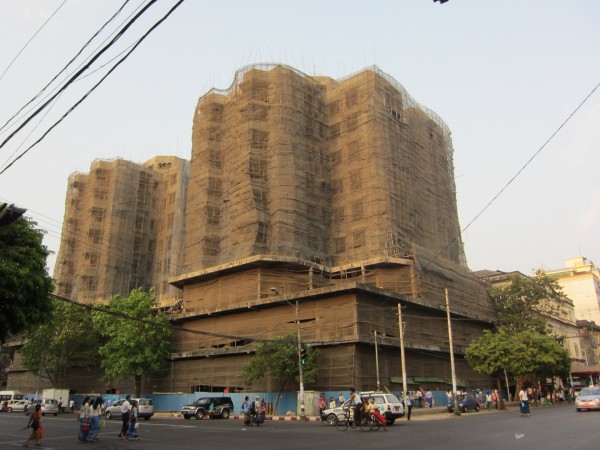
Development culture
I visited the city in 2014. I have been impressed by the potential of the city. I know large scale developments are also seeing potential and are on the go. They are a good thing as signals of the economical growth. They are giving the needed initial optimism to the population. But I believe that consciousness is also needed now. China is the strongest economical partner of Burma. Most developments are initiated by Chinese actors. It is important for the coming urban growth to take the built, cultural and social context into consideration. Yangon needs a plan to save its uniqueness, cultures!
Yangon circle train line. 2014 on Vimeo.
“I always get asked why I don’t follow the fashion. Thai people, when they see the Kantana Institute, say it is just brick walls, there is already plenty of it, in temples. They think it is too simple. Nothing special about it, unlike glass buildings. Then they enjoy the atmosphere, the shade, but nothing fancy.”
Boonserm Premthada from the Bangkok Project Studio, March 2014

